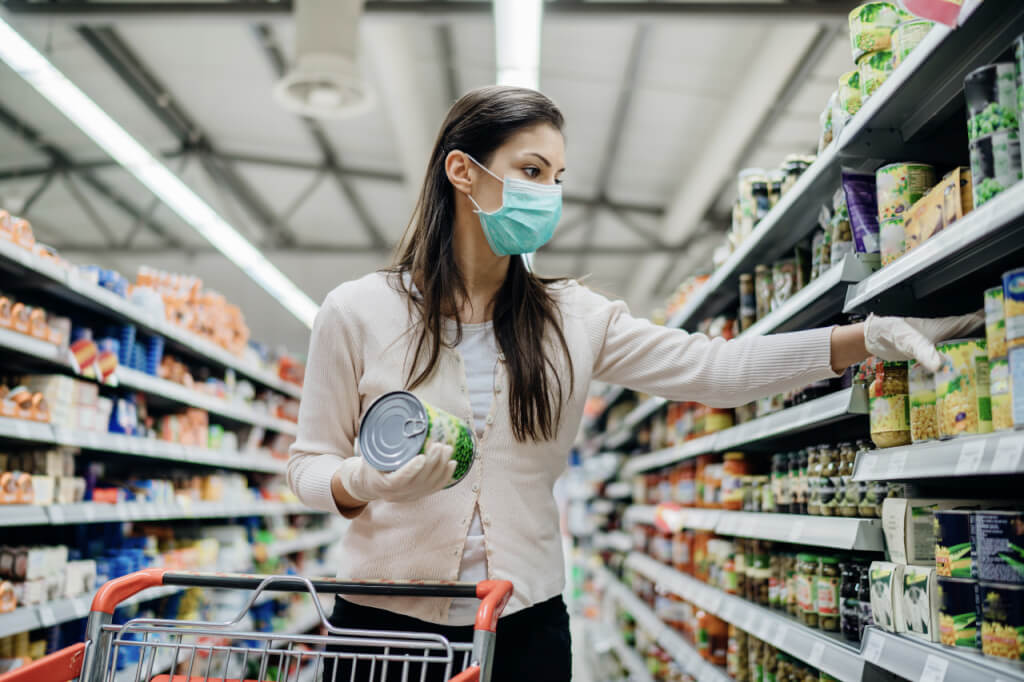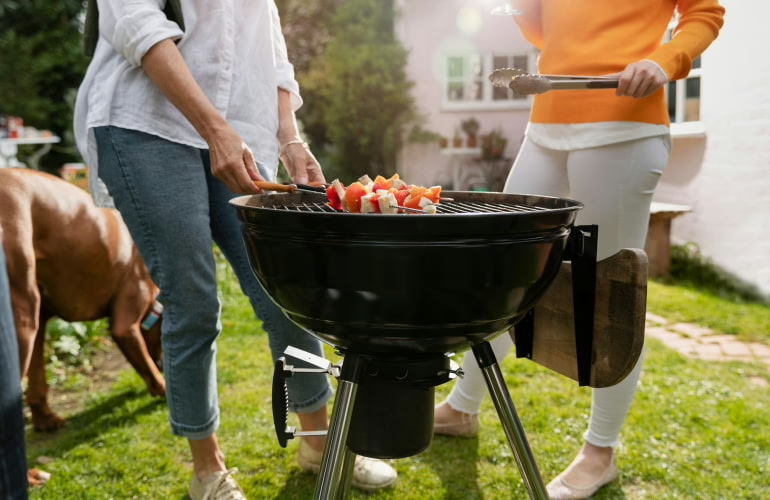Advertising Disclosure
10 items to start your emergency food storage plan

There’s a lot to consider when you put together any type of survival kit or stash of emergency supplies. At the very least, you’ll need blankets, a first-aid kit, flashlights and water. And food, of course. After all, you’ve still got to eat. Even in the middle of a disaster. But what things should your emergency food stash include? What items are good for long-term storage? Which foods are going to last? These questions can overwhelm you, but we’ll help. Here’s a breakdown to help you get started on the 10 best foods for emergency storage.
1. PEANUT BUTTER
Of all the best foods for emergency storage, peanut butter is the king. It’s a nutritional powerhouse that combines healthy fats and protein. And protein is crucial because it’s what keeps you full the longest. Peanut butter is also a great source of energy, doesn’t need refrigerating and won’t break the bank.
2. WHOLE-WHEAT CRACKERS
Swap out sandwich bread for whole-wheat crackers. It’s true that whole-wheat crackers have a shorter shelf life than other crackers. But they have more fiber. And high-fiber foods are more filling than low-fiber foods, according to the Mayo Clinic. That means you will eat less of them and maintain your food supply for a longer amount of time.
3. JERKY AND DEHYDRATED MEAT
Beef jerky or beef sticks are a good source of protein, are low in fat and are easy to store. They do tend to be high in sodium. But there are healthier varieties that go easy on gluten, MSG and other added nitrites often found in jerky. Besides, the shelf-life of your food is going to be a lot more important in an emergency situation.
4. DEHYDRATED FRUIT
Dehydrated and dried fruits are great for incorporating fruit into your emergency food stash. They provide potassium and dietary fiber, plus there are no-added-sugar options available.
5. CANNED FISH AND MEAT
Cans of tuna or salmon are great sources of protein, vitamins, minerals and omega-3 fatty acids. These food are often packaged in single servings for convenience. That will help cut waste in a disaster situation. More important, you can store them for long periods of time.
6. CANNED VEGETABLES
Just because there’s been a disaster doesn’t mean you don’t need to eat your vegetables. Canned veggies aren’t the most palatable choice under normal circumstances. They also tend to come with lots of extra sodium. But we’re not talking about normal circumstances here. And vegetables in cans are as nutritious as fresh. Store lots of canned green beans, tomatoes, peas, carrots and corn.
7. GRANOLA BARS AND CEREAL
Instead of sugary candy bars, opt for granola or breakfast bars. They usually come individually wrapped, so they stay fresh even after you open the box. Even if you don’t have shelf-stable milk, cereal is still good to include in your emergency food storage plan. It usually contains extra vitamins and minerals.
8. DRY PASTA AND JARRED PASTA SAUCE
You should have no fear when storing these items for long periods of time. They can last for months or even years. Pasta is also filling so it will leave you feeling satisfied as opposed to wanting to eat more.
9. SPORTS DRINKS
Sports drinks are great to keep on hand (besides water). But be mindful of the sugar content and artificial sweeteners. There are some brands that avoid those. Sports drinks will rehydrate you and if potable water isn’t available. (But you really need to store water too.)
10. CANNED SOUP AND CHILI
Canned soups last forever on the shelf (not literally, but almost). Plus, you can eat them straight out of the can. And they’re full of nutrients that you need, especially the low-sodium options. We also like canned chili with beans for all the protein.
ALSO IMPORTANT: A CAN OPENER
A sturdy manual can opener is as as important as a food. You’ll have a hard time getting into your canned soup, meat and vegetables without one.
MORE TIPS
Your emergency supply kit should have enough food and water for at least three days. That means for every member of your household
The above are the best foods for emergency storage, but they’re only a start. You may want to add more to your supply. Focus on foods that don’t need cooking and are nutritionally dense. During an actual emergency, your body will spend more energy than it does under normal circumstances. So, eat foods that are high in calories and protein.
Your emergency foods should be nonperishable or as close to nonperishable as possible. Oats, white rice, unpopped popcorn, dark chocolate, honey and powdered milk can last for years before expiring.
To ensure that food can last you long term, close packaging tightly after each use. Use plastic bags and air-tight storage containers for open items. You can empty foods like dried fruits and nuts into screw-top jars for added protection. It’s also best to keep cans away from moisture. And don’t store anything in direct contact with concrete floors or walls.





